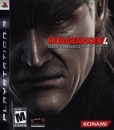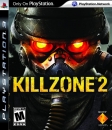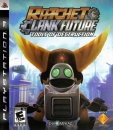This is not about the consoles themselves being an integral part of one another, it is more a software-based middle ground that allows for shared assets and development efforts on two platforms of different formats simultaneously, this is a step to ensure that they don't get bogged down with long development cycles on two fronts seeing as how they're practically supporting their home consoles all by themselves and 1st party software is still paramount to moving handhelds and keeping them vital.
It's a smart move by a company that has been cornered by market conditions and poor developer relations. The biggest challenge I see is making a handheld that has specs similar enough that it doesn't require vast amounts of scaling; this could mean that they will either make a powerful handheld and an "underpowered" home console, much the same as they do now or that they will or they will opt to do that scaling at a higher level. A handheld that keeps up with home consoles spec wise would likely be quite costly, both for the manufacturer and the consumers so I think that that option is out.
We're already seeing something similar now with the shared games between the 3DS and the Wii U, Smash is an example of such thinking so you could say that they have already started testing the waters with this strategy. Expect even more shared games between the two as the 8th gen moves on; this is really the best solution for them given the current circumstances.
Existing User Log In
New User Registration
Register for a free account to gain full access to the VGChartz Network and join our thriving community.




















